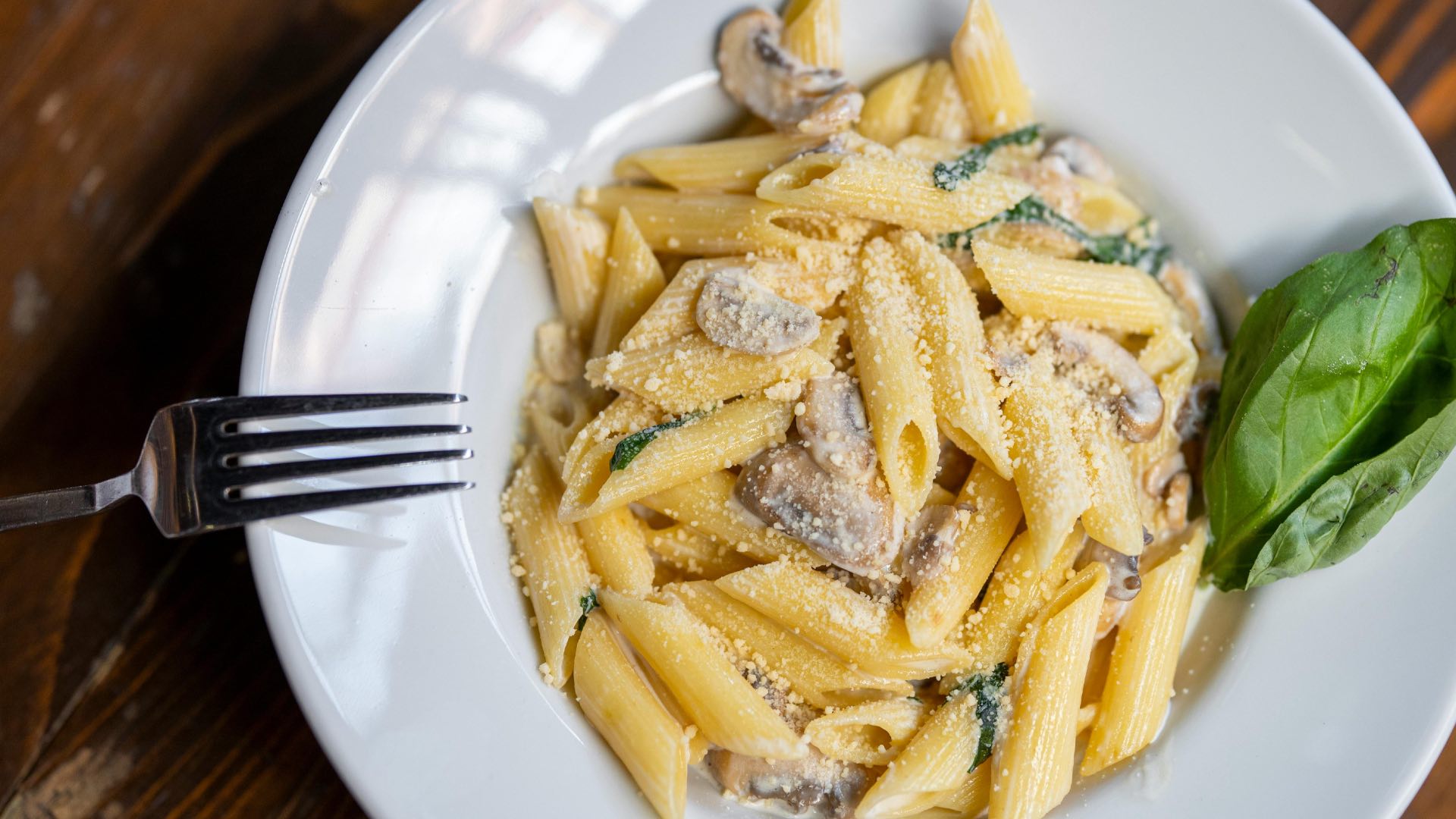
What if the method we use to prepare pasta holds the secret to better digestion? As per a British physician, a minor adjustment in our cooking habits might enhance our meals, without compromising enjoyment. Let's be clear: pasta is already a perfectly fine food, and there's no need to "lighten it up" in order to appreciate it.
A method designed to be contrary to expectations
We all believed we had a complete understanding of the small world of pasta. It's our favorite dish, convenient, affordable, and comforting... yet it's frequently criticized in certain diets due to its content of so-called "fast" carbohydrates. Now aBritish surgeon, Dr. Karan Rajan, has raised uncertainty. He claims that a basic step can lower the calorie consumption of pasta - by as much as 50% - by manipulating its starch.
The concept sounds unusual: it's not about using less shredded cheese, or swapping the shell pasta with zucchini noodles. No, the secret is simply to... let them cool down and then reheat them. If you wish to give it a try at home, you don't need a laboratory; just follow these 3 steps:
- Prepare your pasta as usual, according to your preference.
- Empty them and allow to cool in the fridge for a minimum of 4 hours.
- Warm them up carefully in a pan or microwave before savoring.
What science says
When pasta is removed from boiling water, its starch is considered "available," meaning it is quickly digested and leads to a quick increase in blood sugar levels. Some of this starch can turn into what is known as resistant starch when it is allowed to cool. This type of starch lives up to its name by resisting digestion, moving deeper into the intestines, feeding the microbiota, and most importantly, providing fewer digestible calories.
The most impressive aspect? When you reheat your pasta, this resistant starch remains intact. Unlike what many believe, a quick sauté or microwave session maintains this subtle biochemical advantage.
This process is known as starch retrogradation. When cooled, the molecules reorganize into a denser configuration, making them less available to digestive enzymes. Scientists are well aware of this phenomenon: it is being investigated especially for diabetic diets to reduce blood sugar spikes, as well as to improve feelings of fullness.
The reality: Pasta has never been your foe.
It's crucial to keep in mind that eating shouldn't be a continuous mental exercise. Tracking calories, measuring every serving, always looking for the "lightest" option... these actions can easily transform a delightful experience into a stressful one. Let's face it, who wants to bring out a calculator during a meal?
Pasta, such as bread, rice, or potatoes, is not considered a "flaw." It provides sustenance, offers comfort, and fosters a connection around a dining table. A serving of penne with tomato sauce goes beyond being just a collection of carbs: it represents a childhood recollection, a meal enjoyed with friends, and a quick dinner made after a tiring day.
Although Dr. Rajan's advice could be useful, avoid treating it as a rule. Consume your pasta in the way you prefer: firm or soft, freshly made or warmed up, with or without grated cheese. The key is to savor your meal without feeling guilty.
Cooking has never been about rushing to improve efficiency. The process of cooling and reheating pasta reveals that our food contains intriguing mysteries. This doesn't imply you should alter your routines in any way. Eating, fundamentally, is about savoring, nourishing, and appreciating the variety of tastes. Pasta doesn't require being made lighter to be a valid part of your meal. It already is.
